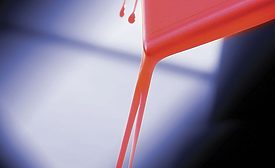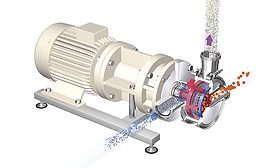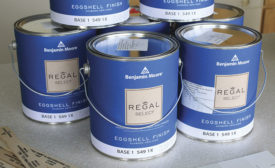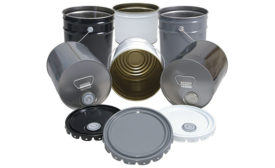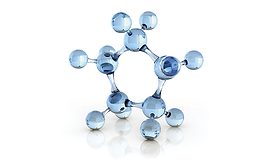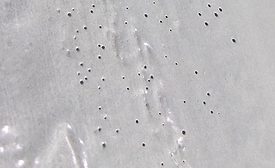Paint and Coating Equipment
UN-Rated Steel Pails for the Coatings Industry
As environmental awareness grows, steel containers continue to provide a viable option for the packaging of paints and coatings.
Read More
Keep the info flowing with our eNewsletters!
Get the latest industry updates tailored your way.
JOIN TODAY!Copyright ©2024. All Rights Reserved BNP Media.
Design, CMS, Hosting & Web Development :: ePublishing


